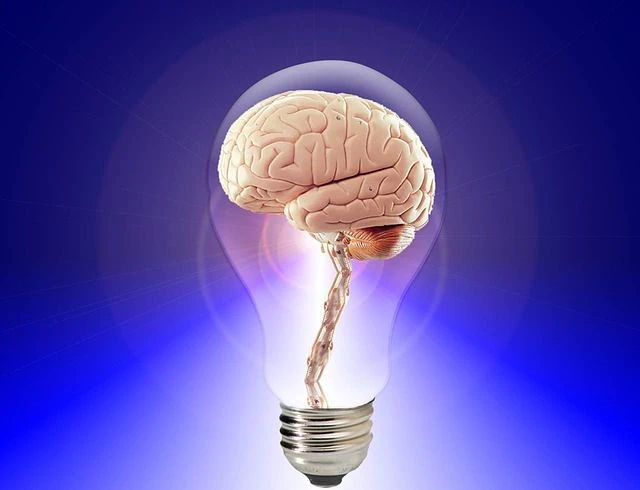Neuroscientists at the University of Tübingen have become the first
to record neuromagnetic activity in the millisecond-by-millisecond range
while the brain of a human subject was under stimulation by electric
current. Electric brain stimulation has successfully been used in the
treatment of neurological and psychiatric disorders for many decades.
However it remained unclear precisely what happens while electric
currents are applied to the human brain, because stimulation-dependent
interference impeded reliable direct recording or reconstruction of the
brain’s electric activity.
Dr. Surjo R. Soekadar, neuroscientist at the University Hospital
Tübingen and first author of the study, plans to use the novel method to
advance established brain stimulation techniques and to develop novel
strategies to treat neuropsychiatric disorders, such as stroke,
depression and chronic pain. The new method was developed in a
collaborative effort between the University of Tübingen and the National
Institutes of Health (NIH) in the United States and is published in the
current edition of Nature Communications.
In contrast to previously used methodologies – in which indirect
measures of neural activity, such as oxygenation or changes in cerebral
blood flow, were measured during electrical brain stimulation – the
newly developed method allows assessment of the direct stimulation
effects on the electric activity of the human brain. This is achieved by
using specific mathematical algorithms similar to those used in sonar
technology and in hand-free speaking systems, and stimulation electrodes
that let neuromagnetic activity pass undistorted.
This research now answers many basic research questions related to
basic functionalities of the brain, for example, the role of brain
oscillations, which were discovered in the 1920s but whose role remains
unclear. While a link between electric brain oscillations and
disorder-related symptoms or behavior was identified relatively early,
scientists could not explain specifically how they relate. The newly
developed method promises important new insights concerning this matter.
Also, the electric stimulation can now be tuned directly to the
activity of the individual brain or applied simultaneously during the
use of a brain-machine interface or neurofeedback system. The
researchers expect these new insights will have a large impact on the
development of revolutionary treatment strategies for neuropsychiatric
disorders.
Full bibliographic information
- Publication:
Surjo R. Soekadar, Matthias Witkowski, Eliana G. Cossio, Niels
Birbaumer, Stephen E. Robinson & Leonardo G. Cohen: „In vivo
assessment of human brain oscillations during application of
transcranial electric currents“
Nature Communications (2013)
http://www.nature.com/naturecommunications
DOI: 10.1038/ncomms3032
Source: AlphaGalileo










